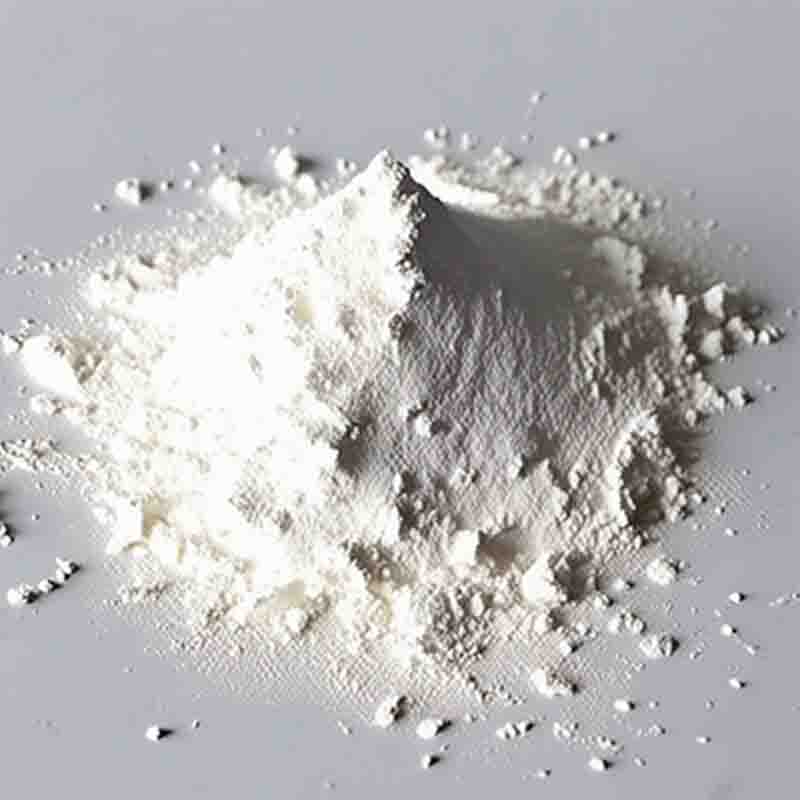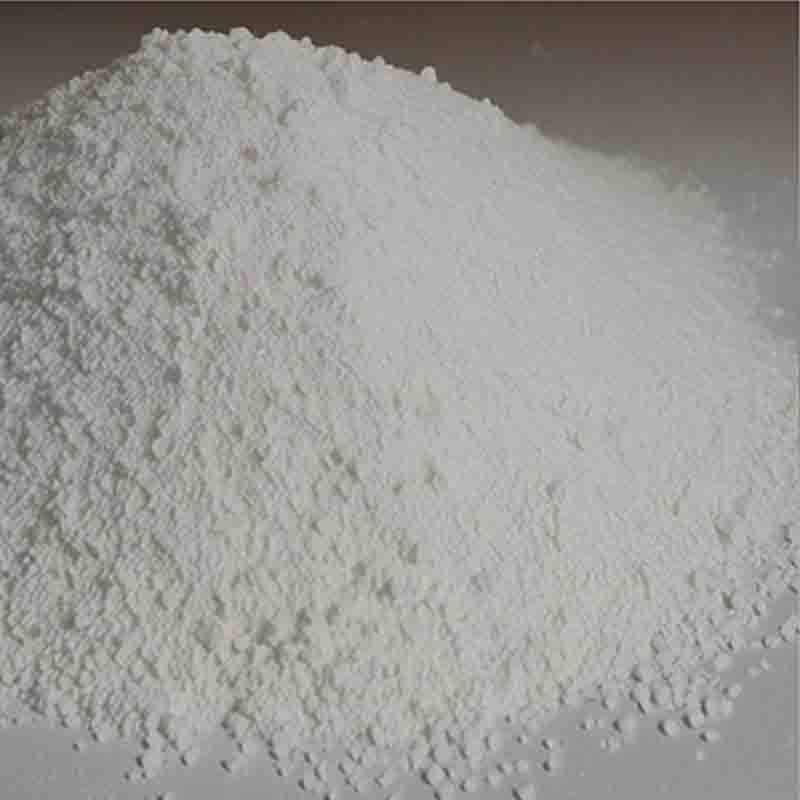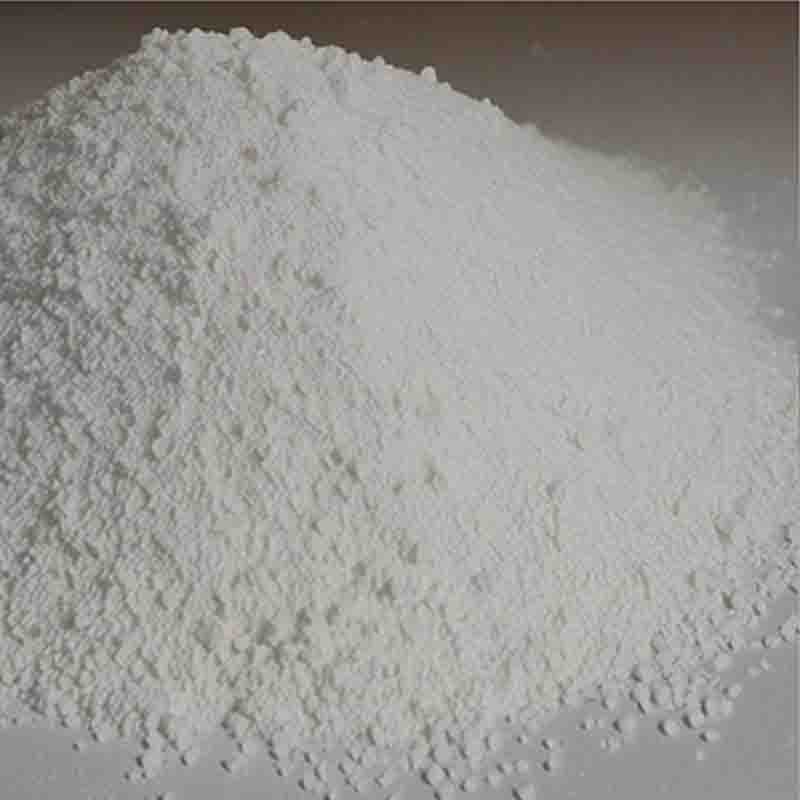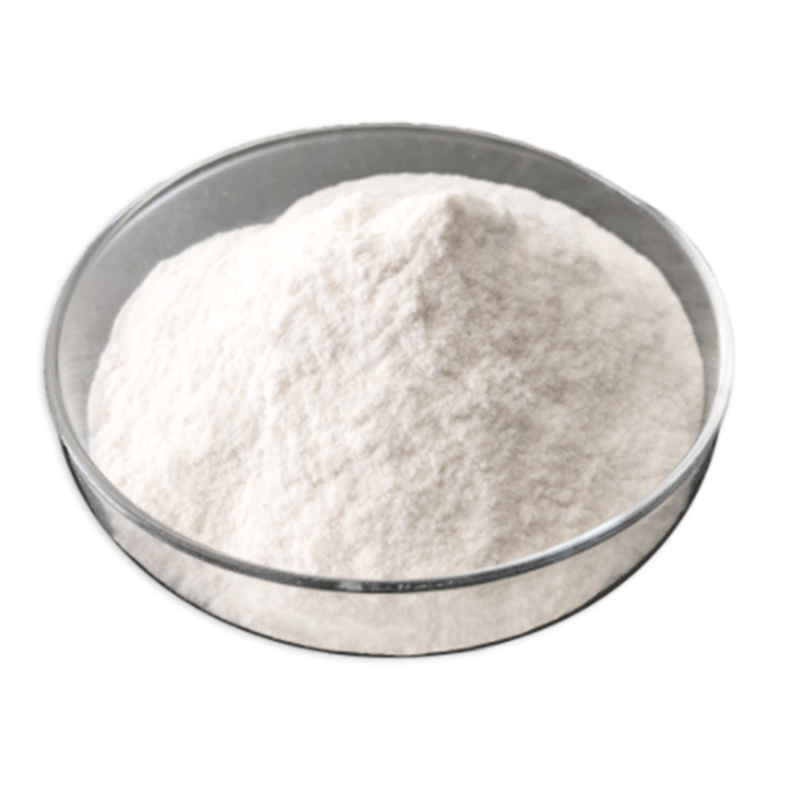3-aminophthalicacid CAS:5434-20-8
| Catalog Number | XD95392 |
| Product Name | 3-aminophthalicacid |
| CAS | 5434-20-8 |
| Molecular Formula | C8H7NO4 |
| Molecular Weight | 181.15 |
| Storage Details | Ambient |
Product Specification
| Appearance | White powder |
| Assay | 99% min |
3-Aminophthalic acid, also known as 3-APA, is a chemical compound that belongs to the family of phthalic acid derivatives. It is primarily used in the production of dyes, pigments, and fluorescent brighteners. In addition to its industrial applications, 3-aminophthalic acid has also been investigated for its potential therapeutic effects.One of the notable effects of 3-aminophthalic acid is its antioxidant activity. Antioxidants help protect the body from oxidative stress and damage caused by free radicals. Oxidative stress has been implicated in the development of various chronic conditions, including cardiovascular disease, cancer, and neurodegenerative disorders. By neutralizing free radicals, 3-aminophthalic acid may contribute to reducing oxidative damage and potentially alleviate the risk or severity of these conditions.Furthermore, 3-aminophthalic acid has shown promise in its anti-inflammatory properties. Chronic inflammation is associated with the pathogenesis of numerous diseases, such as arthritis, cardiovascular disease, and inflammatory bowel disease. Research has suggested that 3-aminophthalic acid can inhibit the production of pro-inflammatory mediators, potentially contributing to the reduction of inflammation.Another area of interest is the potential anticancer effects of 3-aminophthalic acid. Studies have demonstrated that it can induce apoptosis, or programmed cell death, in various cancer cell lines. Apoptosis plays a crucial role in maintaining healthy cell turnover and preventing the development and progression of cancer. Therefore, 3-aminophthalic acid's ability to induce apoptosis suggests its potential as an anticancer agent. However, further research and clinical studies are necessary to fully understand its efficacy and safety in cancer treatment.Apart from these beneficial effects, it is important to note that 3-aminophthalic acid may also have some toxic effects if improperly handled or consumed in high doses. Limited studies are available on its toxicity, so caution should be exercised when handling or using this compound.In conclusion, 3-aminophthalic acid has shown antioxidant, anti-inflammatory, and potential anticancer effects in preclinical studies. Its ability to neutralize free radicals, reduce inflammation, and induce apoptosis suggests its potential therapeutic applications. However, further research is needed to fully explore its efficacy, safety, and optimal dosage in human subjects.






![6,6-Dimethyl-3-oxabicyclo[3.1.0]hexane-2,4-dione CAS: 67911-21-1](https://cdn.globalso.com/xdbiochems/白色粉末21391.jpg)


